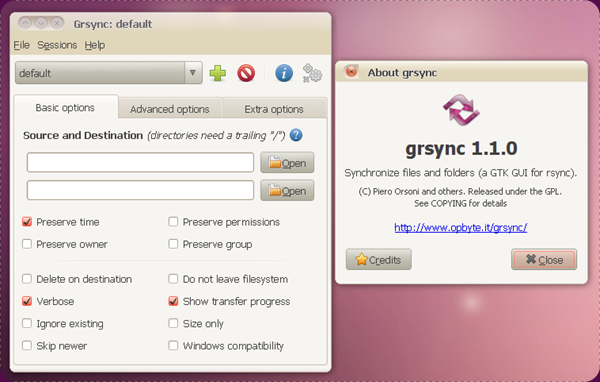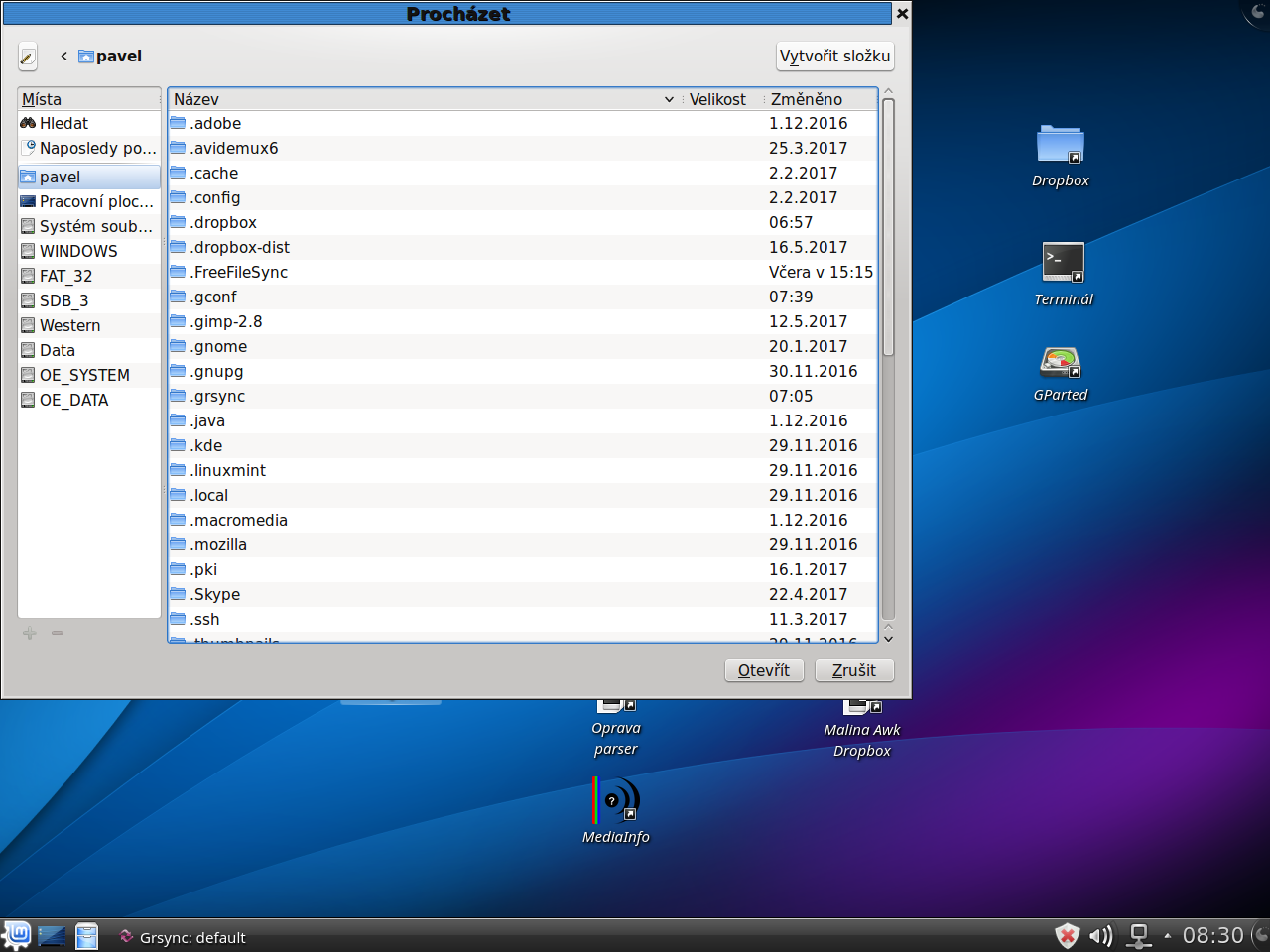

- #Grsync root files install
- #Grsync root files archive
- #Grsync root files software
- #Grsync root files free
On Debian we can use the apt package manager: $ sudo apt-get install rsync On Debian and Archlinux, the files related to the rsync daemon are included the rsync package, so all we have to do, is to install the latter. Installing the rsync daemon is really easy, since the package and its dependencies are available by default in the all the major Linux distributions repositories. $ – requires given linux commands to be executed as a regular non-privileged user # – requires given linux commands to be executed with root privileges either directly as a root user or by use of sudo command No special requirements are needed to follow this tutorial
#Grsync root files software
Requirements, Conventions or Software Version Used If you have suggestions, please share them in the comments.Software Requirements and Conventions Used Software Requirements and Linux Command Line Conventions Category I'm sure there is still room for improvement, as there always is. This script is scalable to very large storage sizes and large latency or slow link situations. Luckily, its thoughtful creators provided the ability to do "dry runs." If we include the n option, rsync will display the expected output without writing any data. One final recommendation: rsync can be a destructive command. not -name ".Trash*" -not -name ".DS_Store" Be careful This way, the result is an exact duplication. The -delete option tells rsync to remove any files on the destination that no longer exist on the source. o, -owner preserve owner (super-user only) The other arguments that I pass would have been included in the a those are l, p, t, g, and o.
#Grsync root files archive
a, -archive archive mode equals -rlptgoD (no -H,-A,-X) Most rsync tutorials use the a (or archive) argument for convenience. This keeps the increment file that rsync uses to a manageable size.

This is done by passing the r argument, which tells rsync to recurse the directory. Rsync then copies the directories' contents. The find command then passes each directory to rsync individually.

d, -dirs transfer directories without recursing This is done by passing the d argument, which tells rsync not to recurse the directory. However, it leaves the directories empty so we can iterate through them using the find command. The first rsync command copies the files and directories that it finds in the source directory. Here's an example: find /storage -type d -exec rsync -cav /$DRIVE/$HOME \ In order to break down the /storage directory, I sync by subdirectory, using the find command. The c option tells rsync to use file checksums instead of timestamps to determine changed files, and this usually takes longer. If we want to back up /storage to a USB external drive, we could use this command: rsync -cav /storage /media/WDPassport Let's say we have a directory called /storage that we want to back up to an external USB device mounted at /media/WDPassport. Here's an example based on this scenario. One of the first lines that appears when rsync runs is: "sending incremental file list." If you do a search for this line, you'll see many questions asking things like: why is it taking forever? or why does it seem to hang up?
#Grsync root files free
Free online course: RHEL Technical Overview.Let me show you some methods I use to ensure good performance and reliability.

Performance is likely to suffer if we try to sync large amounts of data or sync across slow network connections. Running rsync on this directory could take a tremendous amount of time, particularly if you're using the checksum option, which I prefer. Something like a directory with 2,000 sub-directories, each holding anywhere from 50GB to 700GB of data. However, suppose we need to back up a very large amount of data. Indeed, the rsync commands taught in any tutorial will work fine for most general situations. (So, yes, I use it at home to back up my Linux systems.) This experience gave me confidence in this simple tool. I regularly moved or archived hundreds of gigabytes of data at a time. I managed the binary repository system for a global organization that had roughly 35,000 developers with multiple terabytes of files. I really like rsync! There are plenty of large and complex tools on the market that may be necessary for managing tape drives or storage library devices, but a simple open source command line tool may be all you need. Back in 2017, David Both offered readers tips on " Using rsync to back up your Linux system," and earlier this year, he published a poll asking us, " What's your primary backup strategy for the /home directory in Linux?" In another poll this year, Don Watkins asked, " Which open source backup solution do you use?" It seems clear that backups are always a hot topic in the Linux world.


 0 kommentar(er)
0 kommentar(er)
